Twins have let The Australian into their lives on three milestones
Twins Kate and Rob Emms were born the same day as The Australian newspaper, and they’ve allowed us to keep in touch with them at milestone moments on our shared journey.
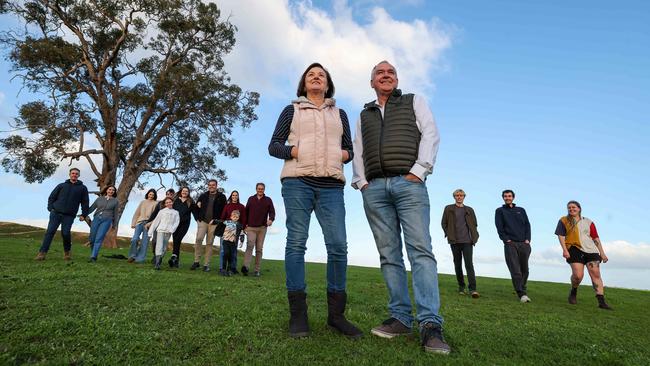
When The Australian turned 20, twins Kate and Rob Emms flew from Melbourne to Sydney to be photographed in the newspaper’s Surry Hills office. It was their 20th birthday too. Bob Hawke was a prime minister riding high.
Australia had won the America’s Cup nine months earlier. These were the days of black-and-white film and darkrooms. A bulky Metz flashgun went off as Kate and Rob cut a cake in the shape of Australia.
On the day that photo was taken, Rob was about to start a factory job at Rosella and Lipton. This would be the beginning of a long career in manufacturing. He is now a respected authority on productivity. But he said his approach to life at the time “was pretty much ‘What are we doing next?’ There were no worries. There was nothing. Life wasn’t hard”. Over the past decade, as his three children reached adulthood, Rob has been struck by how advanced they are compared to him at the same age. Kate was a medical science student at Monash in 1984. She looks at her carefree, open-mouth smile on the front page of the newspaper back then and sees a young woman who was a little reckless.
“I don’t think I was as grown up as what my children were at 20 … I feel I was a lot greener,” she says.
“The Australian flew us to Sydney that day and I had a university exam the next day, and didn’t give it a second thought. Still went. So I think I was more reckless than what mine were at 20.”
The twins were born in the Upper Ferntree Gully Hospital in outer Melbourne on the morning of July 15, 1964, as The Australian was displayed on news stands for the first time. They are the youngest of six siblings born to farmers Violet and Jack, who served in Egypt during World War II as air force squadron crew.
Australia was a mobile country then and now, with one of the highest levels of internal migration in the world. The newspaper’s archives are dotted with stories that predict, document and analyse the way we move around for work and love. The Emms illustrate this willingness to pack up and go, though there can be few families quite as mobile as theirs.
The number of Australians who moved states rose from 17 to 21 per thousand between 1972 and 1975, a period when the Emms were constantly on the move. The twins were eight in 1972 when Violet and Jack set off from the Dandenongs with their six children and a caravan. Over the next three years they went as far north as Townsville and south again to Albury-Wodonga, where Jack got a construction job. The family settled in Hawkesdale in western Victoria when Jack and Violet bought a dairy farm. Kate guesses she and her siblings went to about nine primary schools during those three years on the road. Rob says those first days at a new school were not nerve-racking for him and his sister because they had each other. “When you walked into a classroom for the first time you knew there was at least one person who would talk to you,” he said.
Were they always friends? Yes, Rob says, then laughs as he says he would like The Australian to mention this: “Kate told me one year on our birthday that she gets to open her present first because she was born 15 minutes before me.”

Kate and Rob inherited their parents’ willingness to seek out opportunities regardless of where in Australia they were. When Kate holidayed in Perth while still at university in Melbourne, she liked it so much she moved there. She transferred her final year of studies to Curtin University. A couple of years later, Rob was working in Shepparton when Perth began to appeal so he moved there too.
“Everyone my age seemed to be going west, getting away from everyone, you’re isolated, you can do what you want,” he said.
He eventually moved to Queensland, where his then partner Bron has family. Rob started a consultancy as a manufacturing productivity expert and the long hours and time away from home took a toll.
“A typical week was three states – I’d often leave on Sunday and get home on Saturday,” he said.
His daughter Georgia remembers it well. “I don’t think I understood the pressures to make money until I was an adult myself. So it’s different to reflect on those times waiting for him to come home from work as a kid,” she said.
Kate and Rob have let The Australian into their lives on three milestones. We turned 50 together at Uluru in 2014. Kate had driven there with husband Phil from the lush southwest of Western Australia to fulfil her longheld dream to see the rock. The Australian flew Rob there from Queensland for the birthday photo shoot. This time the photographer arrived from Sydney with a digital camera.
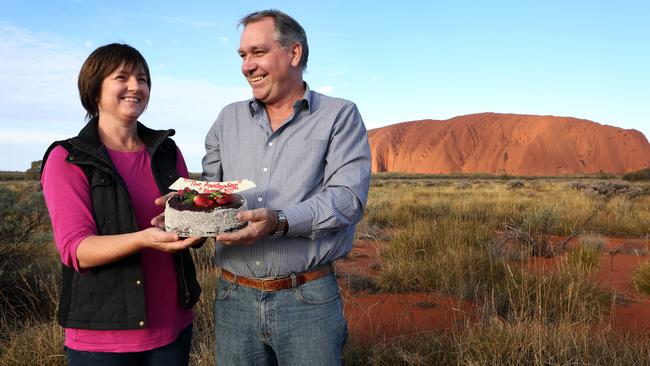
More than 2000km away in Holt Street, Surry Hills, Sydney, The Australian’s picture editor, Milan Scepanovic, saw the images moments after they were taken thanks to what was relatively new technology a decade ago.
At 60 the twins are both busy, happy and accomplished. They intend to keep working. Rob says he gave retirement a go a few years ago and did not like it. “I tried. I lasted seven months,” he said. “I was climbing the walls. I was driving everyone around me nuts.”
The Australian Bureau of Statistics says Australians are, on average, retiring later.
In 2023, people who were already retired had done so – on average – at age 61.4 years. This average has risen from 58.5 years in 2014-15 and from 57.4 years in 2004-05. Last year, when the ABS asked Australians aged 45 and over when they intended to retire, the average age was 65.4 years.
Kate had been diagnosing cancer in Perth hospitals for a decade when, in 2005, she learned she had invasive carcinoma of the cervix. Over the next 2½ years she suffered a heart attack and then a minor stroke, caused by blood clots. She was the mother of two young girls then. She says there were “confronting times”.
“I am so grateful for our medical doctors and nurses and available treatments here in Australia – it was because of this that I was confident of a good outcome each time,” she says.
When Kate emerged from successful surgery, radiation and other treatments, she felt the urge to help the next generation of health workers. She began to teach health and science at TAFE. These days she runs a cattle property with Phil, moving bulls into paddocks and delivering feed on weekends and evenings when needed. On weekdays she is director of academic quality and development at South Regional TAFE, which takes in campuses across the entire southwest of WA.
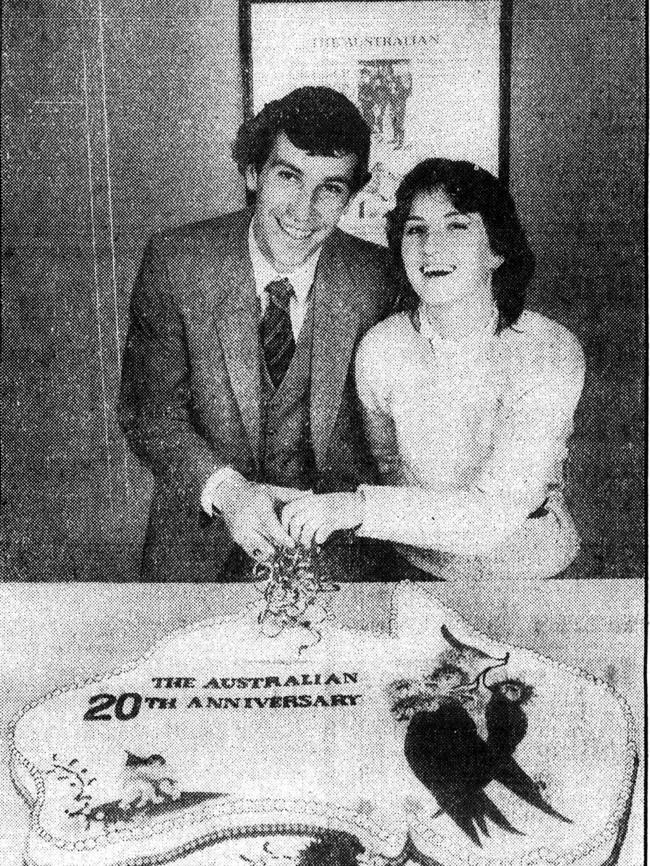
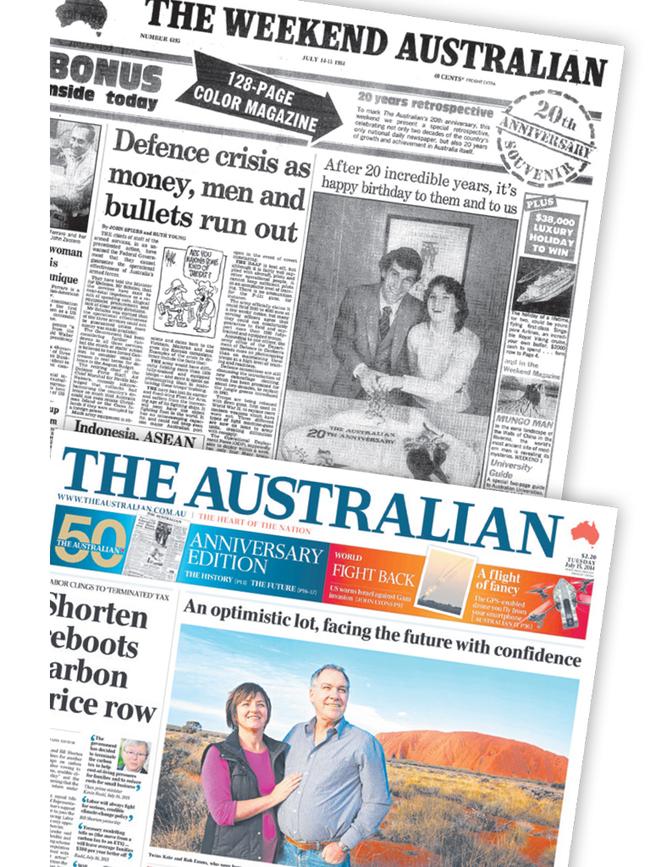
“I’ve got too much energy … I love my job, and I love farming as well. So I’m not retiring,” Kate said.
In 2015, Rob and Bron – who have three children together – separated. The pattern of their lives has matched the trends among Australian marriages. Kate is among more than 1.8 million Australians who have been through a divorce. For the past 13 years, Kate has been married to Phil and between them they have six children aged 40 to 27 – Cadence, Klara, Blake, Jordan, Grace and Evelyn. The census would count theirs as one of 250,605 “step families” across Australia.
“We’re a very successful blended family where everyone gets along very well,” Kate says.
“And that hasn’t just happened, that’s taken a lot of family celebrations for birthdays, Christmases, over many years. It took a lot of effort, a lot of gatherings.”
Rob is in a new relationship that “is going very well, it’s really nice”. He met Jenny through friends, which he concedes might be considered old-fashioned given the rise of dating apps since he was a single young man.
Kate’s home is on the edge of the tiny town of Boyup Brook on the farm cleared by Phil’s grandfather and, at one point, Italian prisoners of war. Rob lives in Brisbane, where he works for aerosol and paint manufacturer Dymark as a production manager.
When Covid-19 reached Australia in 2020, Rob was working for a timber company supplying Bunnings. There were firm expectations of job cuts but instead there was a home improvement boom. He said every time he was on a Zoom call, he could see colleagues were renovating.
“Bunnings went berserk. It was all the home renovations,” he said.
Like 37 per cent of Australians, Kate now works from home regularly, usually one or two days a week, which was not an option before Covid required employers across Australia to adapt fast. Publishing a newspaper with an entirely remote workforce was new ground for The Australian too, though the newspaper had been drawing daily on the work of reporters and photographers based in every state and territory for 56 years when the pandemic hit.
The twins see each other about every five years. Kate says it’s “not nearly enough”. So when The Australian offered to bring Kate and Rob’s clans together to mark their 60th and ours, the twins said yes again. This time the aim was to capture the next generation too. Rob and his children – Georgia, 25, Corey, 23, and Jack, 19 – flew from Brisbane to Perth, then made the three-hour drive southwest to Boyup Brook, where Kate and Phil have steadily built their herd to 500 Angus cattle.
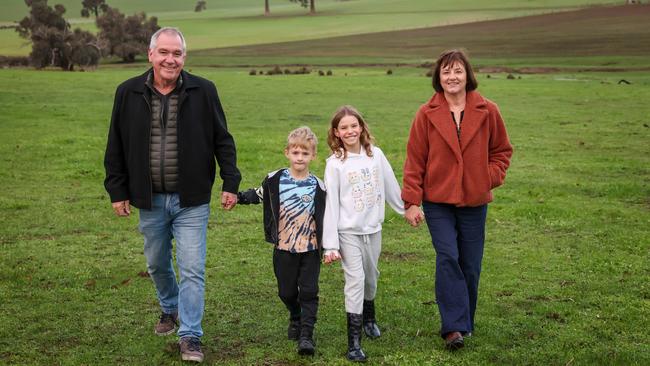
When The Australian arrived to photograph everyone in late afternoon light at Kate and Phil’s farm, the cousins and step cousins had already met and spent a few hours chainsawing firewood together. There was laughter and an air of excitement as three generations took their places for photographer Colin Murty, first on a track lined with lemon-scented gums and later in a paddock with a striking marri tree.
Grandchildren Willow and Milo greeted the cows with repeated calls of “moo!”. Then Jennifer the golden retriever – beloved pet of Grace, an ED nurse in Perth, and her partner, Hamish, a Perth doctor – grabbed everyone’s attention by covering herself from neck to tail in cow dung. The children swerved away from Jennifer as she went to them for pats.
Coming back to Boyup Brook evokes nice memories for Grace.
“Mum always put us first so we could have a nice childhood on the farm. As a child you don’t really recognise that,” she said.
Kate says she is grateful her own children grew up as smartphones were just emerging. She sees the difficulties people now have raising teenagers in the social media age.
Kate and Rob say they are concerned about how much debt their children will need to carry, or have already taken on, to buy a house.
Of the nine children in their families, the oldest four have bought homes; they were each in their late 20s or early 30s when they did so.
Kate was 22 when she became a first-home buyer in Warrnambool, Victoria. Rob was 23, in Shepparton, also in rural Victoria.
“You know, it was nothing to scratch up enough to buy a house and put down a deposit … it’s a different scenario now,” he said.
Today, 30 to 34-year-olds are the first Australian generation in nearly 50 years that count home owners as a minority. The home ownership rate of 30 to 34-year-olds was 64 per cent in 1971, falling to 50 per cent in 2021. The average mortgage in 1990 was about three times the yearly wage for a 34-year-old. In 2024, it’s eight times.
However, the twins are optimistic about what is next for the younger generations. They believe artificial intelligence and changes in the ways we work will continue to create jobs they had never heard of when their careers began.
“It’s the opportunities,” Rob said. “It’s so big”.
Kate now shares her husband Philip’s six grandchildren with him. The eldest three – Isabelle 17, Mathew 14 and Charlie, 9 – live in Surrey in the UK. Then there is Willow, 9, and brother Milo, 6, who live in Western Australia. Baby Noah was born three weeks ago to Blake and Catey.
At a kitchen nook in front of a picture window in Kate and Phil’s farmhouse, the twins sat down to talk about what had changed for them in the 10 years since The Australian last interviewed them. On turning 60, Kate and Rob have thought about their own father’s death aged 64. It seems very young now. Their mother died aged 85.
The conversation turns to their adult children.
Kate recently went to Mauritius for work. Daughter Grace from Perth and Evelyn from London joined her for an extra week.
“The three of us just had the most fantastic time … we get along great,” she said.
Rob said: “Kids make all the difference, just to watch them when they come to you and go ‘What should I do about this?’ … that I find fantastic.”

To join the conversation, please log in. Don't have an account? Register
Join the conversation, you are commenting as Logout